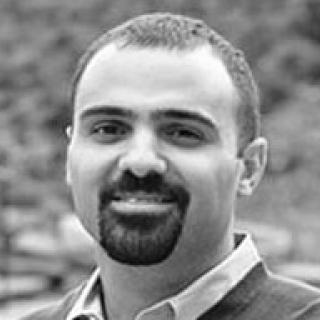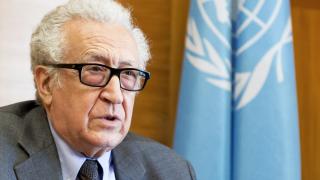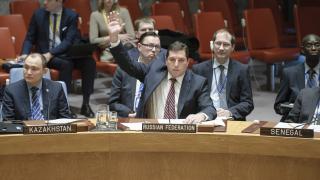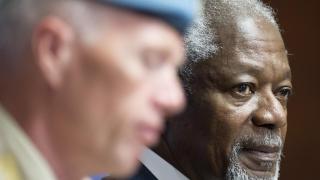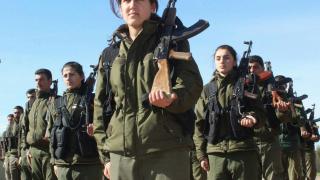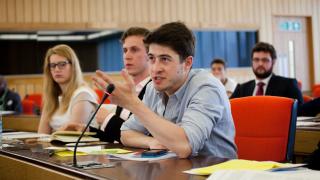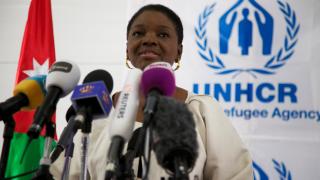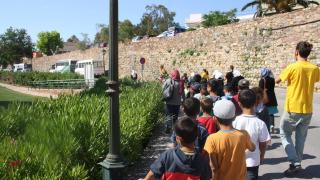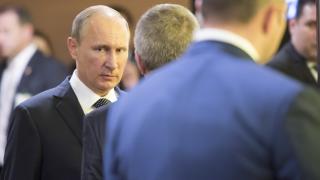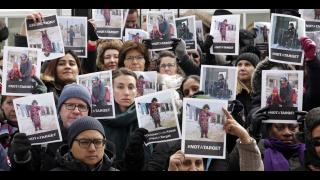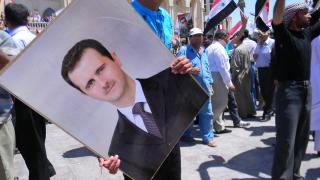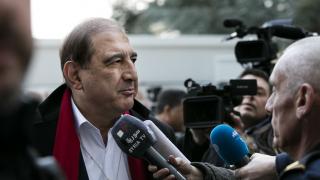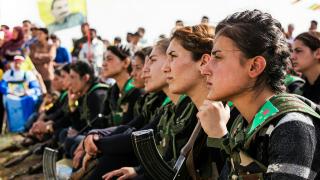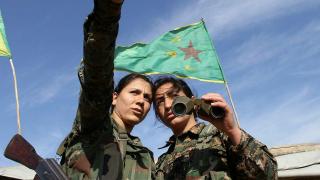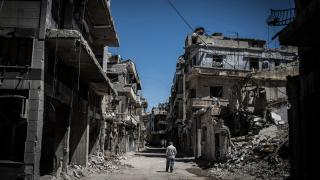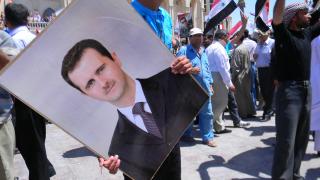
Over the course of the Syrian conflict, the most consistent demand made from the armed and political factions of the Syrian opposition was for Bashar al-Assad to step down as President. In the three rounds of Geneva peace negotiations, the President’s status was often tethered to a wider political transition. However, today, with the opposition militarily and politically fractured and weak, there is no longer serious consideration of a wide-ranging, political transition in Syria. Yet, many oppositionists continue to insist that Assad’s removal is a necessary precondition for lasting peace, even without assurances of a political transition.
The decoupling of the demand for political transition from the President’s status is premised on the faulty assumption that his removal will set Syria on the path to peace. This is a problematic view because it ignores the military realities in Syria; wrongly equates the symbolic aspects of his leadership with any real, substantive power he has to direct the conflict; and does not take into account the material nature of the conflict.
Syria’s conflict landscape is not divided neatly into opposition and loyalist military forces. Indeed, hundreds of militias and dozens of larger military fronts exist within Syria, many of whom expend a great deal of resources and energy fighting each other. Loyalist forces are highly fragmented and independent of central control. Indeed, regional militias, the Syrian Army, the National Defense Forces, Hezbollah and other armed actors ostensibly fighting under the ‘regime’ umbrella do not represent a coherent whole that can be moved one way or another by a central command led by the President. The rise of different groups has created overlapping and conflicting spheres of military power in Syria.
The interests of these actors – and of their regional patrons – extend far beyond the issue of the Presidency. There is no serious reason to believe that the conflict landscape will change if Assad is removed from power. As such, his relevance and importance in the conflict is highly symbolic. Loyalist and opposition groups on the ground are no longer fighting solely for his removal or survival, but for a series of agendas and interests that are often peripheral or extraneous to the issue of the Presidency. It is not only misleading but also grossly egregious to suggest that the conflict’s trajectory hinges primarily on the status of President Assad.
Lest this be confused with support for the Presidency, it goes without saying that his removal is necessary to set Syria on the path to peace. While the international community considers ways to bring about peace in Syria, there is a need to take into account current realities and to understand that the tools and ideas to solve the conflict in 2011 no longer apply in 2017. There needs to be more dynamic thinking and movement on multiple fronts, and this requires acknowledging that Assad’s removal is not the magic wand to save Syria. Alongside continued demands for a political transition, this would involve foregrounding humanitarian efforts.
Furthermore, while political negotiations are necessary, the international community needs to focus on rupturing the social, economic and political mechanisms that reproduce armed groups. It is commonplace to frame the Syrian conflict as one between divided camps, but if we consider the excellent research being conducted by Syrian organisations, such as the Syrian Center for Policy Research, we will find that most of the violence is driven by both the necessities and opportunities of conflict. The only stable source of employment in Syria today is the war economy and many people are being driven into it – both as participants and consumers – in order to survive. Disrupting the war economy is as important as supporting political negotiations because it impacts the material lives of Syrians.
In other words, what is needed today in Syria is neither an obsession with the status of the Presidency, nor solely political negotiations, but a multi-directional effort that engages issues of politics, humanitarianism and the war economy in ways that work towards reducing violence. It is only through such an approach – one that is grounded in addressing both the drivers and the long-term, generational consequences of violence – that Syria can be set on the path towards peace.
Photo: Beshr Abdulhadi/CC

